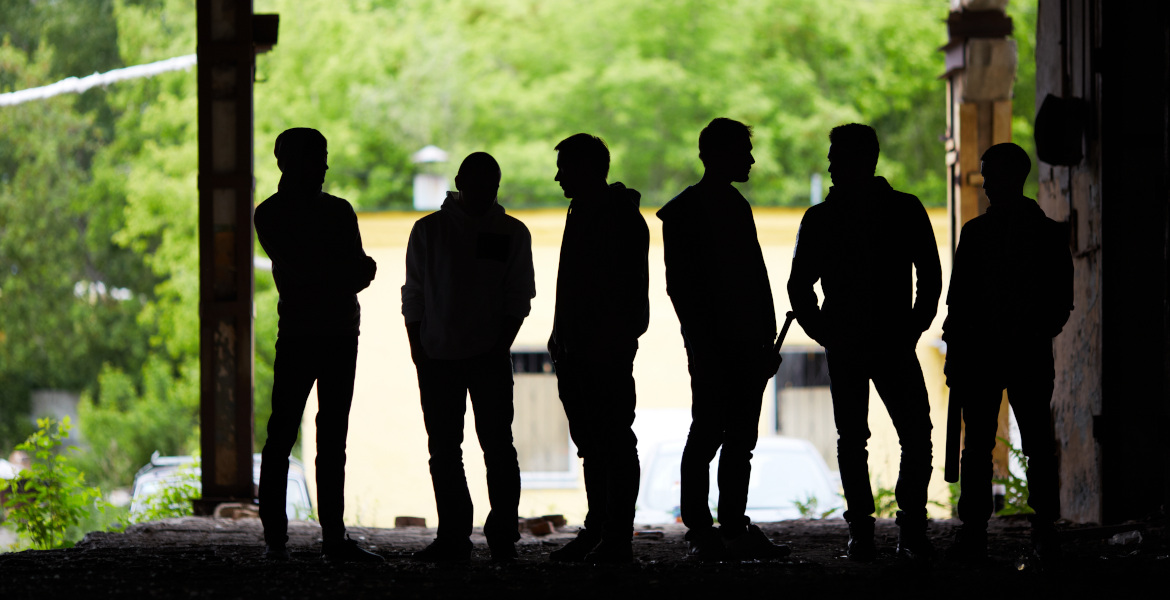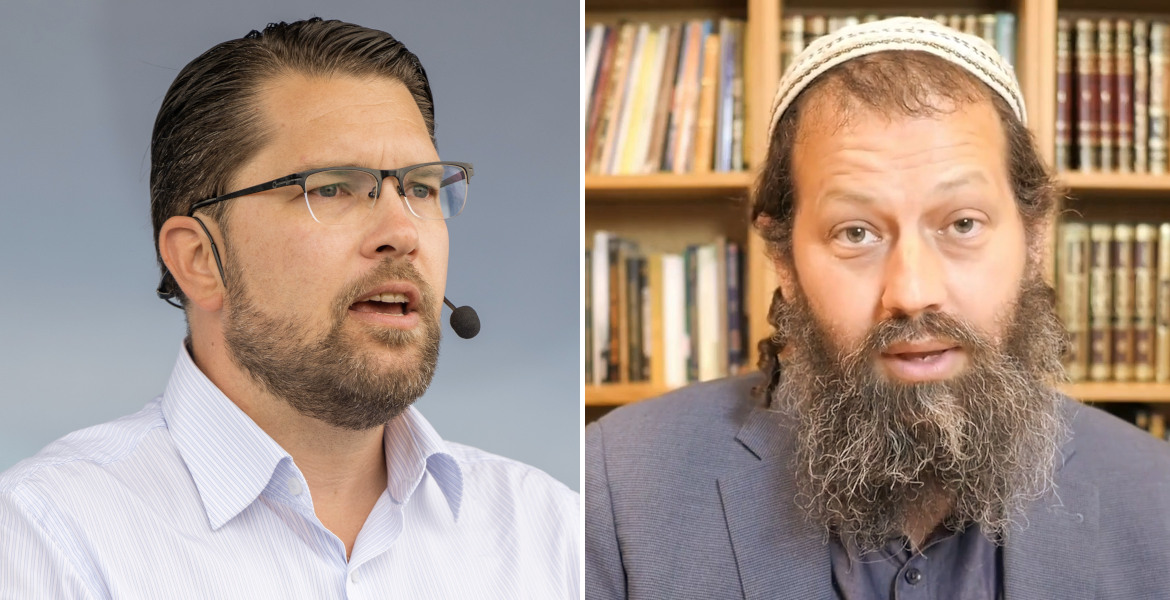In Sweden, almost twice as many young people were living at home in 2023 than in the previous year. In the rest of the EU, the number of young people living at home has also increased over the past year.
Since 2019, the number of people aged 18-34 still living at home has been gradually declining - but now there has been a sharp turnaround. In 2022, 12.5% of young Swedes lived at home - but by 2023, the share had risen to 21.9%.
In the EU as a whole, the share of people living at home rose from 49.4% in 2022 to 49.6% the following year. Croatia performs the worst, with 76.9% living at home, while only 16.3% of young Finns do not own their own home.
Compared to the EU average, Sweden performs well, but stands out from a Nordic perspective.
– Denmark and Finland have a two-tier rental market. They have a part that is similar to social housing in Sweden, but also a part that has completely free rent setting, where young people do not have to queue for a rental property. Such factors can make Sweden stand out from a Nordic perspective, Robert Boije, chief economist at SBAB, told TT.
"Government support is needed"
The figures could also be explained by the withdrawal of investment support for the construction of rental apartments, according to Marie Linder, chairwoman of the Swedish Tenants' Association (Hyresgästföreningen). The investment support was distributed to construction companies between 2016 and 2021, but the support also meant that there was a limit on how much rent could be charged to tenants.
– Finland and Denmark provide government support for housing construction. I think this shows that there is a need for some form of government support for housing, she told TT.





